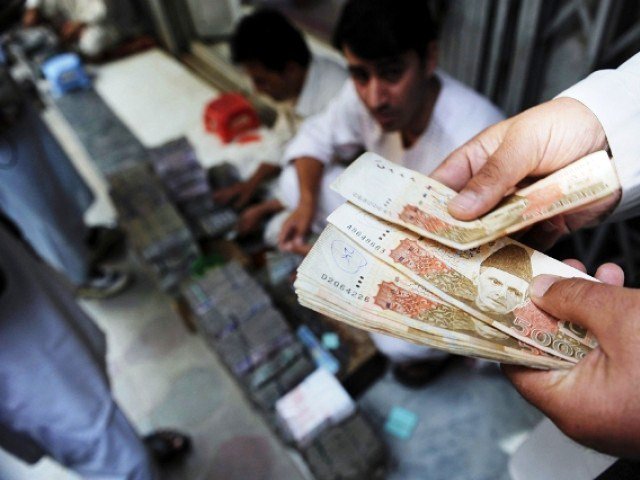
The Rs1.864 trillion figure is Rs654 billion, or 2% of GDP, higher than the target set by parliament in June 2016s. The budget deficit of Rs1.864 trillion for fiscal year 2016-17 is equivalent to 5.8% of GDP against the approved limit of 3.8%.
Buying power: Punjab govt relaxes austerity measures
The main reason behind the record deficit seems to be reckless spending by the federation and the provinces with an eye on the 2018 general election, according to data in the official summary of consolidated federal and provincial budgetary operations for FY 2016-17.
The Ministry of Finance released the fiscal summary on Friday – the last working day before the Eid-ul-Ezha break.
The 5.8% deficit was the highest figure during the four years of the PML-N government. The government had shown some success in fiscal consolidation during its first two years, but the deficit target of 4.1% of GDP for the current fiscal year seems unlikely to be met, given the spending trends in pre-election years.
In order to bridge the yawning gap, Pakistan received a net Rs541 billion in foreign loans and Rs1.322 trillion in domestic loans to finance the budget deficit during the last fiscal year. Gross foreign loans stood at Rs1.058 trillion, and the country ‘covered’ Rs544.3 billion in previous loans by obtaining fresh loans.
Austerity measures: ‘Country needs to cut down spending’
Under the three-year IMF bailout programme, Pakistan had committed to gradually reducing the budget deficit to below 4% of GDP.
The reversal of the fiscal consolidation policy has exposed the country to risks of twin deficits in its current account and its budget. The current account deficit also widened to a record $12.1 billion in the last fiscal year.
During the last year of the PPP government, the budget deficit had been Rs1.833 trillion or 8% of GDP. This was inclusive of Rs480 billion circular debt payments that the PML-N government made after coming into power. The PML-N’s fourth-year budget deficit is exclusive of circular debt. The total circular debt is over Rs800 billion including more than Rs400 billion flows until June 2017.
If the circular debt payment of Rs480 billion was excluded, the PPP’s final year budget deficit would be Rs1.353 trillion, or 5.9% of GDP, suggesting that the fiscal performance during the fourth year of the PML-N government was almost as bad as that of the PPP government in its last year.
Blowing through budgets
Also, contrary to claims that the Rs1.864 trillion budget deficit was mainly because of revenue slippages, the official figures reveal that a major reason was actually expenditure slippages.
Tipping point? Budget overestimates lead to austerity measures
Although the target for total expenditure had been set at Rs6.3 trillion, actual expenses were around Rs6.8 trillion, or 21.3% of GDP – a slippage of Rs478 billion. Meanwhile, instead of generating a Rs300 billion cash surplus, the four provincial governments cumulatively booked a Rs163.2 billion budget deficit.
Against revenues of Rs1.14 trillion, the Punjab government’s total expenditure surged to Rs1.15 trillion, a difference of Rs5 billion.
The other three provinces ran up significantly higher deficits, with the Khyber-Pakhtunkhwa government spending Rs74.9 billion more than its revenues. Its total revenues stood at Rs361.7 billion against the total expenditure of Rs436 billion.
The Sindh government ran a Rs61.5 billion deficit. With total revenues of Rs692.6 billion, the provincial government spent Rs754 billion.
The Balochistan government posted a Rs21.9 billion budget deficit. The provincial government’s total expenditure was Rs246.2 billion against a total income of Rs224.3 billion.
The federal government’s total net income after transferring provincial shares stood at Rs2.58 trillion, but it incurred expenditure to the tune of Rs4.36 trillion or a deficit of Rs1.778 trillion.
Consolidated total revenues were Rs160 billion, or half-a-percent less than the budgeted revenue. The federal government’s tax revenues had fallen by about Rs259 billion, but it compensated the losses by selling two assets – Pakistan Security Printing Corporation and two LNG-fired power plants.
Against a budgeted Rs170 billion defence receipts, actual defence receipts stood at Rs67.7 billion.































1714024018-0/ModiLara-(1)1714024018-0-270x192.webp)









COMMENTS (1)
Comments are moderated and generally will be posted if they are on-topic and not abusive.
For more information, please see our Comments FAQ